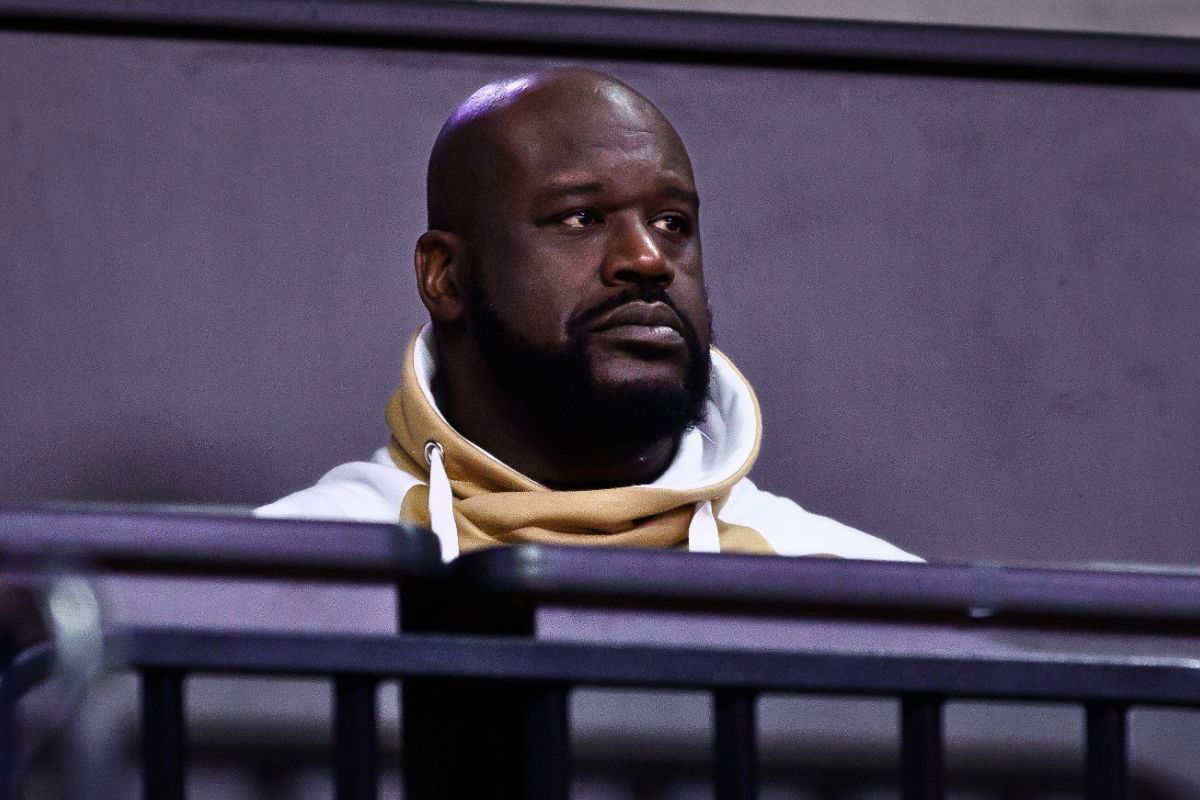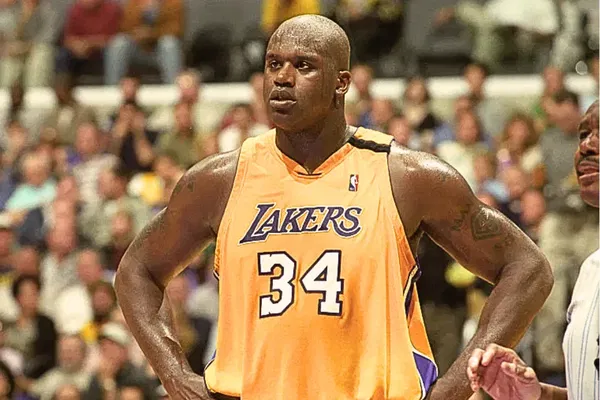
Imago
Jan 19, 2025; Gainesville, Florida, USA; Former NBA player Shaquille O’Neal sits courtside during the first half between the Florida Gators and the LSU Tigers at Exactech Arena at the Stephen C. O’Connell Center. Mandatory Credit: Matt Pendleton-Imagn Images

Imago
Jan 19, 2025; Gainesville, Florida, USA; Former NBA player Shaquille O’Neal sits courtside during the first half between the Florida Gators and the LSU Tigers at Exactech Arena at the Stephen C. O’Connell Center. Mandatory Credit: Matt Pendleton-Imagn Images
What do you do when brute strength meets a glaring weakness at the free-throw line? You turn it into a strategy? Back in the late 1990s, NBA coaches found themselves scratching their heads over a towering problem—how do you stop Shaquille O’Neal? At 7’1″ and weighing in at 325 pounds, Shaq wasn’t just big—he was nearly unstoppable in the paint. Let Shaq roam unchallenged, and it was almost always a layup or dunk. That’s when an unexpected move changed everything.
Watch What’s Trending Now!
Enter Don Nelson, Mavs head coach and tactical pioneer. He came up with a bold and controversial plan that would go on to shake up the league. What if, instead of trying to stop Shaq in the paint, teams fouled him on purpose—before he even had a chance to shoot? That strategy would later earn a memorable nickname: “Hack-a-Shaq.”
Here’s how it worked: by hacking Shaq off the ball, teams sent him to the charity stripe, where he posed far less threat. With his free-throw percentage hovering around 50 percent, the math made sense. Instead of giving up an almost guaranteed two points, teams saw it better to send O’Neal to the free-throw line.
ADVERTISEMENT
It wasn’t only Shaq—other sub-60% shooters drew the hack, too. In fact, Don Nelson first used this idea not on Shaq, but on Dennis Rodman. Nelson first used it on Dennis Rodman on December 29, 1997 but Rodman hit 9/12 that night despite the infamous Bubba Wells on his coattails. But Nelson was happy with the tactic and Shaq became its recurring victim. And the tactic’s nickname, “Hack-a-Shaq“? It fuses “hack” with “Shaq,” forever branding the tactic.

Imago
Shaquille O’Neal
The ripple effect that came with the widespread adoption of this strategy was real. Games slogged to a crawl, and coaches stocked their benches with hack specialists. Subsequently, over time, big men were expected to become more versatile. Just look at today’s stars like Joel Embiid and Nikola Jokic—they’re skilled inside and out. While the change came gradually and the strategy became redundant with time, it was one of the most effective counters against Shaquille O’Neal’s domination inside the paint. No wonder Shaq loathes having the tactic bear his name.
ADVERTISEMENT
Shaquille O’Neal labeled Gregg Popovich a clown for Hack-A-Shaqing Him
O’Neal’s career was packed with unforgettable moments, but there’s one that still gets fans talking—and even makes Shaq laugh years later. It happened just five seconds into a game, when Gregg Popovich pulled off one of the boldest coaching moves imaginable: intentionally fouling Shaq right after tip-off.
ADVERTISEMENT
The moment came up again recently on Inside the NBA, as Shaq looked back on the challenges of facing Popovich’s incredibly disciplined teams. As the clip rolled, it took viewers back to that 2008 showdown between the Suns and the Spurs. Popovich signaled Michael Finley to hack Shaq immediately after tip-off. When Shaq looked over and saw Popovich grinning with two thumbs up, the Hall-of-Fame coach cemented this prank as much of a psychological ploy as a tactical one. And sure enough, the memory of being hacked almost immediately brought a big smile to Shaq’s face.
Then came the punchline that only Shaq could deliver: “Whoever utilizes the Hack-a-Shaq is a clown,” O’Neal joked. He wasn’t bitter. Shaq later added that he holds Popovich in high regard, but he’s long objected to having the tactic bear his name.
He’s even questioned whether it ever actually worked, saying, “It didn’t work with me, so you can’t say that. I don’t want to hear my name anymore. Whoever is getting fouled, ‘Hack-a-whoever.'” Pop’s disciplined Spurs deployed Hack-a-Shaq most effectively in Game 5 of that first-round series, sending Shaq—then a 52.7% career free-throw shooter—to the line 20 times. There, he made just 9-of-20 attempts. Phoenix fell, 92–87, and ESPN’s John Hollinger declared Popovich’s use of the hack the “Best Tactic” of the opening two playoff rounds.
ADVERTISEMENT
Even as the tactic slowed games and sparked rule-change debates, it forced big men league-wide to improve at the stripe, foreshadowing the all-around skills of today’s stars. Shaq’s “clown” comment is a showcase of playful rivalry between player and coach, but the underlying truth remains: Popovich’s 5-second hack was as much about psychology, seeding doubt in Shaq’s mind, as it was about free-throw splits. And years later, it still provokes laughs, debates, and the occasional rule-book tweak.
ADVERTISEMENT
ADVERTISEMENT
ADVERTISEMENT

